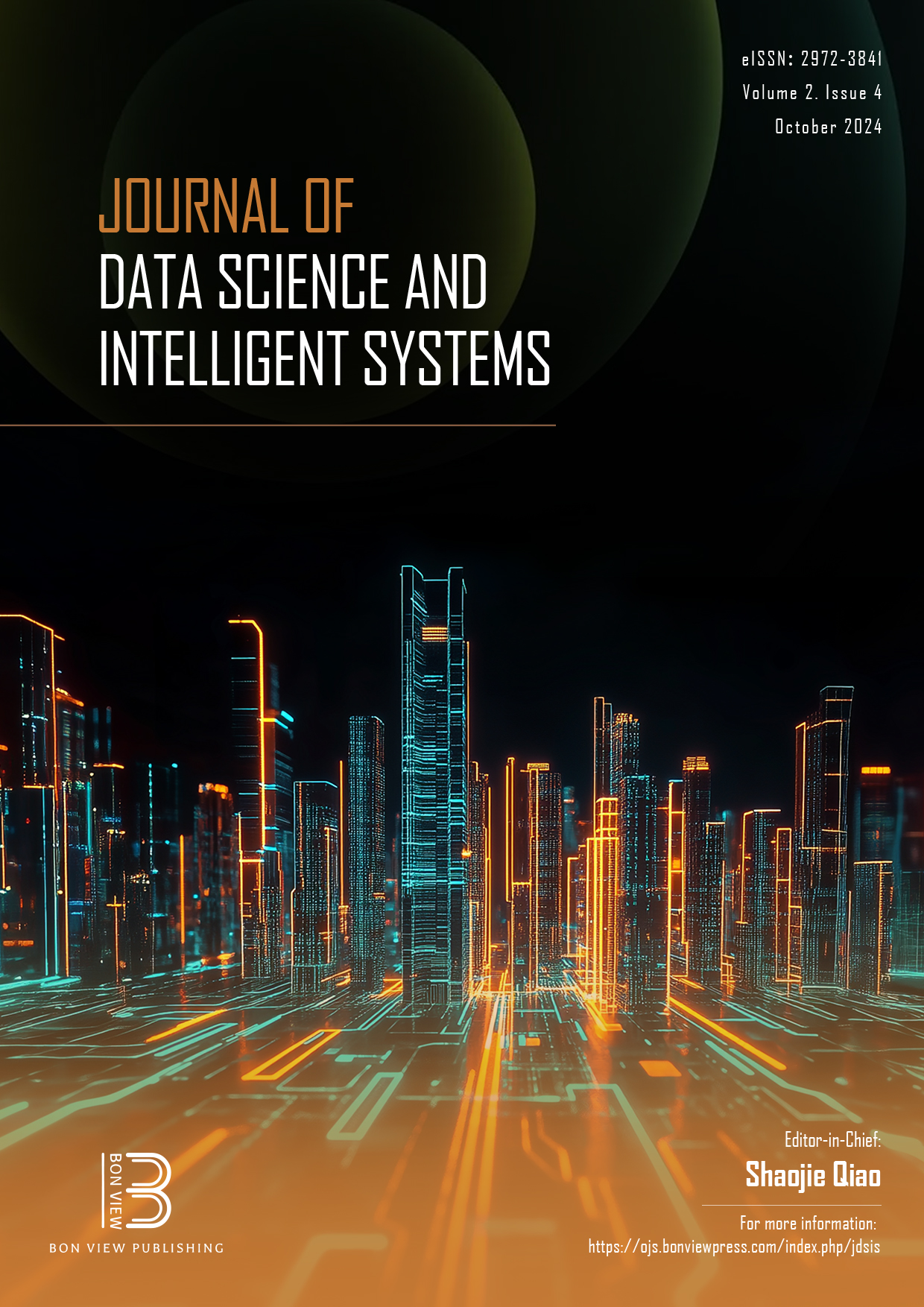Feature Selection, Clustering, and IoMT on Biomedical Engineering for COVID-19 Pandemic: A Comprehensive Review
DOI:
https://doi.org/10.47852/bonviewJDSIS3202916Keywords:
IoMT, feature selection, clustering algorithm, COVID-19, biomedical engineeringAbstract
In this era, feature clustering is a prominent technique in data mining. Feature clustering has also huge applications in biomedical research for multiple purposes including grouping, feature reduction, and many more. The Internet of Medical Things (IoMT) is a promising and emerging field of research that is having a major impact on knowledge retrieval and networking. IoMT also has significant application in biomedical research regarding remote monitoring and remote healthcare services. In this COVID-19 pandemic situation, psychological effects and human reactions have become a major concern of further research. A dataset can be reduced in size by using feature selection techniques. To facilitate subsequent processing, this will make the data easier to manage. Feature selection is also used to clean, reduce, and reduce dimensions of data. The clustering method has proven to be a powerful tool for finding patterns and structures in both labeled and unlabeled datasets. Our study basically provides various state-of-the-art methods regarding medical IoMT for remote healthcare, feature clustering for information retrieval regarding biomedical science. In this study, we have studied five different types of feature selection algorithms such as minimum redundancy maximum relevance (mRMR), random forest, normalized mutual information feature selection (NMIFS), F-test, and chi-square and five different types of clustering algorithms like hierarchical clustering, density-based spatial clustering of applications with noise (DBSCAN) clustering, K-means clustering, shrinkage clustering, and fuzzy C-means clustering. Finally, this study is very useful to understand and apply the appropriate IoMT, feature clustering, and catharsis on the various biomedical applications for the benevolence of society.
Received: 31 March 2023 | Revised: 22 June 2023 | Accepted: 30 June 2023
Conflicts of Interest
The authors declare that they have no conflicts of interest to this work.
Data Availability Statement
The data that support the findings of this study are openly available in UCSC Xena at https://xenabrowser.net/datapages. The data that support the findings of this study are openly available in National Cancer Institute at https://www.cancer.gov/ccg/access-data. The data that support the findings of this study are openly available in NCBI at https://www.ncbi.nlm.nih.gov/geo/.
Author Contribution Statement
Atikul Islam: Conceptualization, Methodology, Software, Validation, Formal analysis, Resources, Data curation, Writing - original draft, Writing - review & editing, Visualization, Supervision, Project administration. Soumita Seth: Methodology, Software, Validation, Formal analysis, Data curation, Writing - original draft, Writing - review & editing, Visualization, Supervision, Project administration. Tapas Bhadra: Methodology, Software, Validation, Formal analysis, Resources, Data curation, Writing - review & editing, Visualization, Supervision. Saurav Mallik: Conceptualization, Methodology, Software, Validation, Formal analysis, Investigation, Resources, Data curation, Writing - original draft, Writing - review & editing, Visualization, Supervision, Project administration. Arup Roy: Software, Validation, Formal analysis, Investigation, Resources, Data curation. Aimin Li: Resources, Data curation. Manash Sarkar: Formal analysis, Investigation, Resources, Data curation.
Downloads
Published
Issue
Section
License
Copyright (c) 2023 Authors

This work is licensed under a Creative Commons Attribution 4.0 International License.


